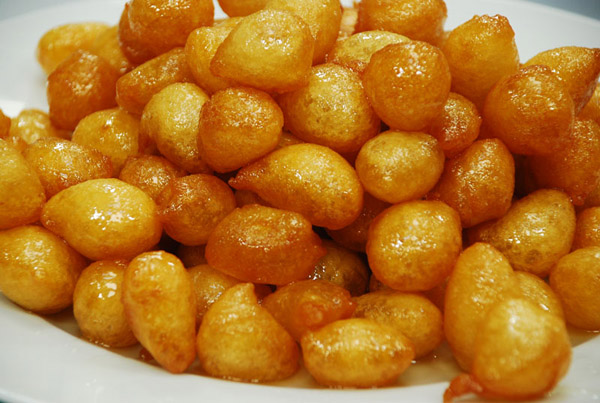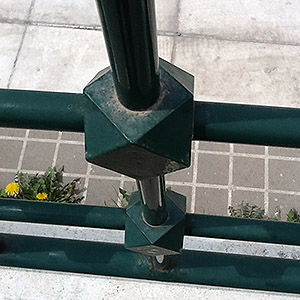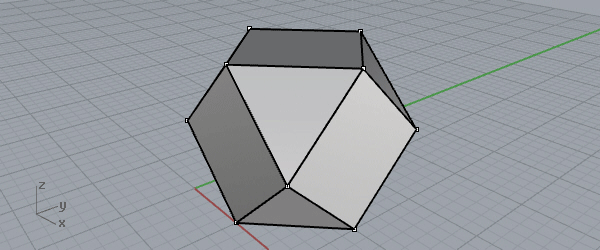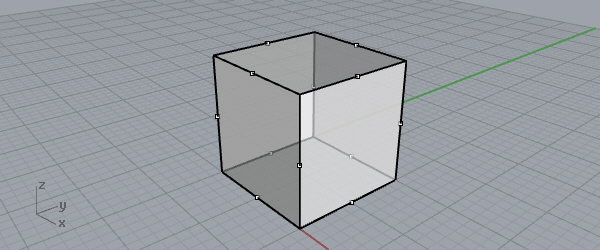Lokma
by Tuğrul Yazar | December 30, 2013 15:45
Lokma is the name of a pastry made of fried dough[1] soaked in sugar syrup or honey and cinnamon, typically shaped into a ring or ball.

Unfortunately, it is not the “Lokma” we’ll study here. In Turkish, there is another meaning of the same word related to the history of Eastern architecture. It is the name of metal connectors in railings, mostly inside of the openings of garden walls and old Mosque complexes. We often call this system “Lokma Railing” or “Lokma Iron”, while the connector of the railing is a “Lokma”. I don’t know if there is any etymological relationship between the pastry and the connector but I love both of them.

The geometric name of this solid is rectified cube[2]. It is mostly produced by joining two pieces of cast iron around the pipes of the railing. However, there is very little information on the internet about this detail. It was related to this week’s architectural geometry class. We study platonic and archimedean solids there. You can also call rectified cube a Cuboctahedron. As explained in Wikipedia: A Cuboctahedron is a polyhedron with 8 triangular faces and 6 square faces. Thus, a Cuboctahedron has 12 identical vertices, with 2 triangles and 2 squares meeting at each, and 24 identical edges, each separating a triangle from a square. We just put points at the midpoints of every segment of a cube, then connected them to complete the solid;


In addition, it also means “bite” in Turkish, and also is the name of a toolset “torque wrench”.
- fried dough: https://www.thespruceeats.com/lokma-fried-sweet-dough-2355439
- rectified cube: https://www.designcoding.net/category/research/polyhedra/
Source URL: https://www.designcoding.net/lokma/